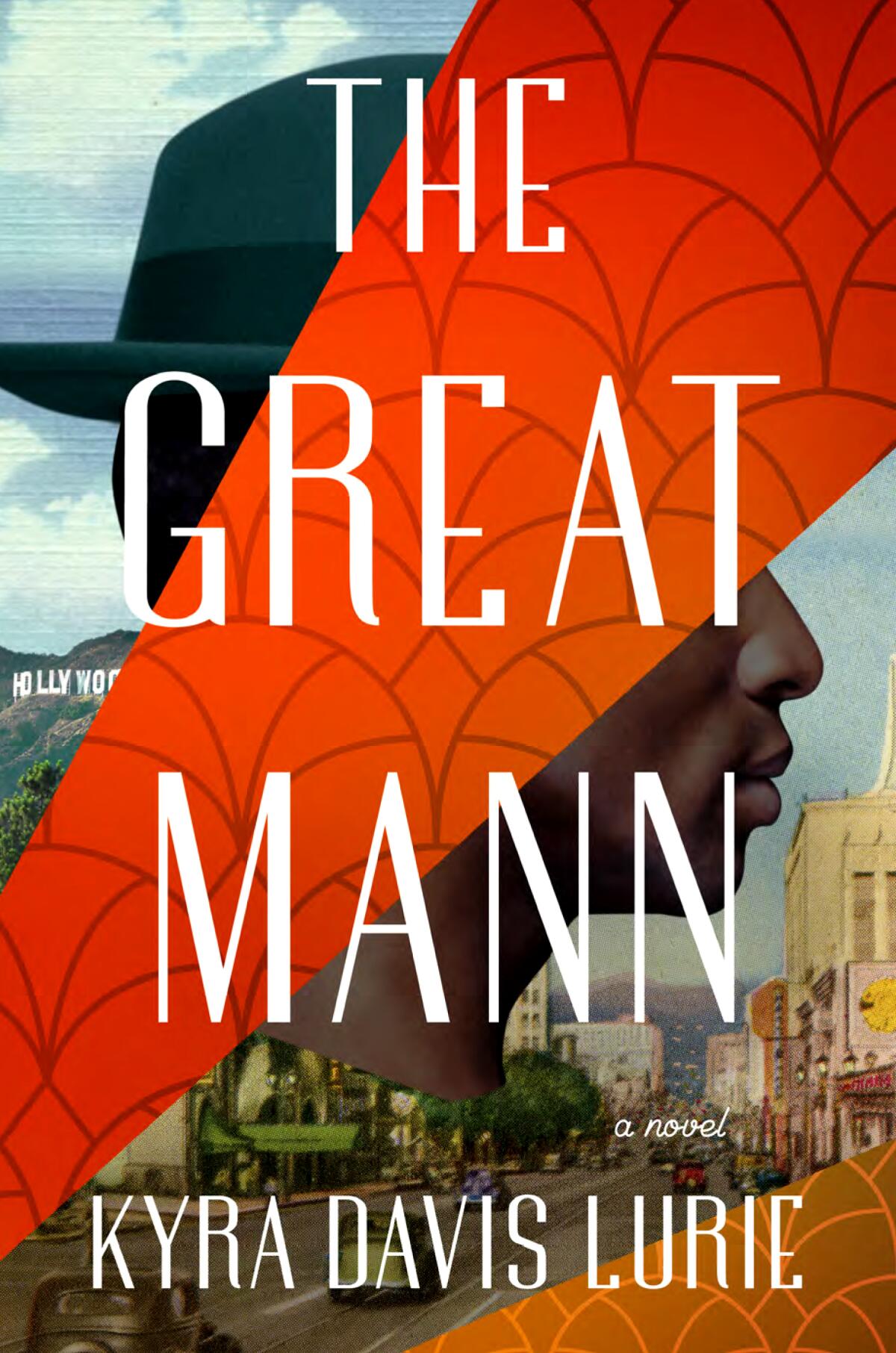The mad scramble to track ICE raids across L.A. County
Giovanni Garcia pulled up to a dusty intersection in South Gate and scoped the scene. It was quiet, just folks walking home from work, but Garcia was among several people drawn there in hopes of bearing witness to one of the federal raids that have unfolded across Los Angeles County in recent days.
Just minutes before, several Instagram accounts had posted alerts warning that white pickup trucks with green U.S. Customs and Border Protection markings had been seen near the intersection.
With friends loaded into his white Grand Cherokee and a large Mexican flag flying out of the sunroof, this was the sixth day in a row that Garcia, 28, had spent up to 10 hours following such alerts through South L.A.’s immigrant-heavy neighborhoods.
Fueled by sodas and snacks he picked up at a Northgate Market, Garcia’s goal, he said, was to catch Immigration and Customs Enforcement or other immigration agents in the act of detaining people on the street.
So far, it had been a fruitless chase.
“I’ve been doing this for six days. It sucks because I get these alerts and go, but I never make it in time,” said Garcia, a Mexican American U.S. citizen who lives in South Central.
Monitoring ICE activity has become a grim pastime for some Angelenos. Apps dedicated to the purpose have popped up, which combine with Citizen, Nextdoor, X and other platforms to create a firehose of unverified, user-generated information about federal movements and operations.
Trying to keep up in real time can prove equally exhausting and frustrating. The reports sometimes turn out to be false, and immigration enforcers seem to strike and depart with swift precision, leaving the public little opportunity to respond.
It’s impossible to determine how many people are engaged in this Sisyphean chase. But they have become a frequent sight in recent days, as anger has grown in response to viral videos of swift and violent apprehensions. A Times reporter and photographer crisscrossed the southern half of L.A. County, encountering Garcia and other ICE chasers in hot pursuit of federal agents who constantly seemed one step ahead.
Giovanni Garcia, 28, drives through South Gate with a Mexican flag. He spent six days trying to witness an ICE raid with little luck.
(Genaro Molina / Los Angeles Times)
A new notification popped up on Garcia’s Instagram feed Thursday afternoon: ICE agents had been spotted in a nondescript residential area of South Gate, a city of about 90,000 people, of which more than 40% are foreign-born, according to the U.S. census. So Garcia put his SUV in gear and sped over.
He and his crew were late again. They arrived on a corner about 15 minutes after witnesses say immigration agents with green bulletproof vests and gaiters over their faces had jumped out of vehicles, handcuffed and taken away a man who had sold flowers in front of a ranch-style house there for years.
“I keep doing this because they’re messing with my people,” Garcia said. “It’s no longer about immigration. Trump’s no longer targeting criminals; he’s targeting Hispanics.”
It was one of many such raids in South L.A. in recent days at homes, parks and businesses ranging from a car wash to grocery stores.
The people whisked away in incidents captured in photos and videos that bystanders shared online ran the gamut: One man plucked out of a diverse crowd for no discernible reason while walking in South Gate Park. Another handcuffed on the curb outside a Ross clothing store in Bell Gardens. Two men in Rosemead snatched from the parking lot of a bakery.
Workers at a Fashion Nova clothing warehouse in Vernon told The Times that ICE trucks had been spotted in the area and that they had heard agents planned to confront employees during a shift change.
From senior citizens to children, nobody was safe from the federal enforcement effort.
Jasmyn Vasillio, 35, said she first became concerned when she saw on social media that ICE agents had raided a car wash in South Gate, then an hour later saw a post about the flower seller’s apprehension.
“I knew that flower guy is always there and I live nearby so I drove right over,” she said as she stood on the corner where he had been standing 20 minutes earlier. “I think they’re just picking people up and leaving.”
“I’m just another frustrated person in L.A. that wants to see an end to this. Not all of us are criminals,” said Manolo, who runs a candle-making business in Vernon.
(Genaro Molina / Los Angeles Times)
A 20-year-old Latino man who declined to provide his name out of fear of reprisal said that he has been doing everything he can to spread awareness of what immigration enforcement agents are doing in his South Gate neighborhood and across South L.A.
“I’m a U.S. citizen, so I’m good. I’m worried about other people. It’s been heartbreaking,” he said as he streamed live from a street in South Gate where CBP agents had been spotted minutes before, according to posts he had seen on Instagram.
“They’re here to work and being torn apart from their families,” he said. “It’s sad. They came here for the American dream and this is what happens.”
Teenagers Emmanuel Segura and Jessy Villa said they have spent hours over the past week scrolling through social media and despairing at the seemingly endless stream of videos of people being aggressively detained. They felt helpless in the face of the crackdown, so they planned a protest in the heart of their own community.
On Thursday, they took to Atlantic Avenue and Firestone Boulevard in South Gate, where Villa waved a flag pole with both American and Mexican flags affixed to it. They were joined by more than 30 other protesters who chanted slogans and hoisted anti-ICE posters. Drivers honked in support as they passed by.
Jessy Villa, 14, protests the recent ICE raids in the Southland at Atlantic Avenue and Firestone Boulevard in South Gate.
(Genaro Molina / Los Angeles Times)
“It’s kind of scary. They’re taking anyone at this point. I just saw that ICE went to a car wash and took two people. And those are hard-working people — they are not criminals,” Segura, a 15-year-old South Gate resident, said. “So we planned the protest to go against ICE, Trump and his administration.”
Villa, 14, lives in nearby Lynwood, where he says everyone he knows is terrified they or someone they care about will be the next person swept up in an ICE raid.
“The streets are empty. Nobody wants to come outside. And kids don’t want to go to school, especially kids who migrated here,” Villa said. “They’re scared going to school in the morning, and worried they’ll come home and find out their parents were deported.”
Five miles away in Vernon, Manolo stood Thursday morning on the loading dock of the candle-making business he owns as employees loaded boxes of candles into the back of a black SUV. He said he has been following news and rumors of the raids online, and that the fear generated by them and the protests in response have been devastating for his company and other small businesses.
“Everybody’s worried about it,” Manolo said, recounting how he had heard that earlier that day ICE had raided a business two doors over from his. His company received zero calls for orders Thursday morning, down from the 50 to 60 it typically receives per day. If the immigration raids and protests haven’t wound down by the end of the month, he said he might have to shut down his business.
Family members of STG Logistics employees wait to hear word of their relatives’ whereabouts after an ICE raid at the company’s facility in Compton.
(Genaro Molina / Los Angeles Times)
“This whole snatching people on the street — they have you on the floor in handcuffs, traumatize you, why? It makes me nervous, of course,” said Manolo, a U.S. citizen who moved to the U.S. from Guatemala 33 years ago and declined to give his last name out of fear he and his company could be targeted by law enforcement.
“And it’s not just that, it’s affecting businesses, it’s affecting people’s lives. It affects the economy, law enforcement. It affects your daily routine. When’s it going to end?”




